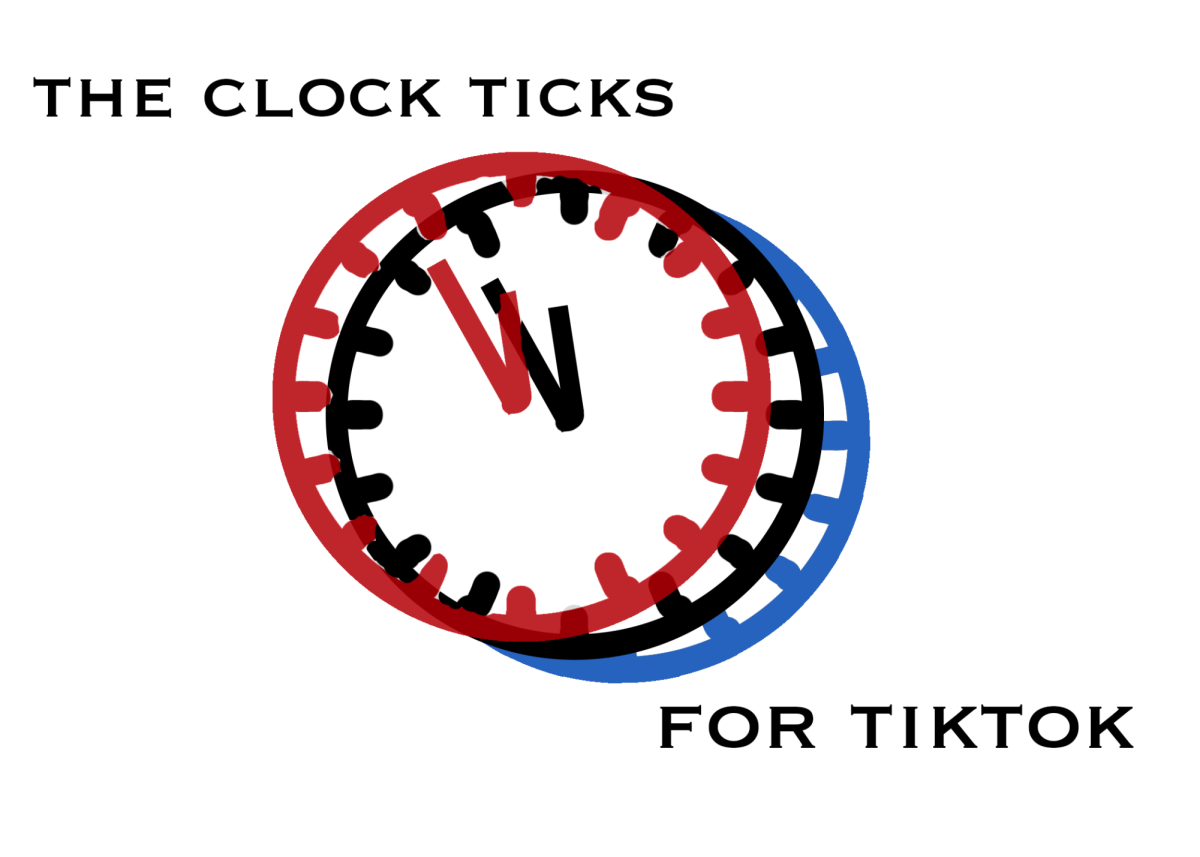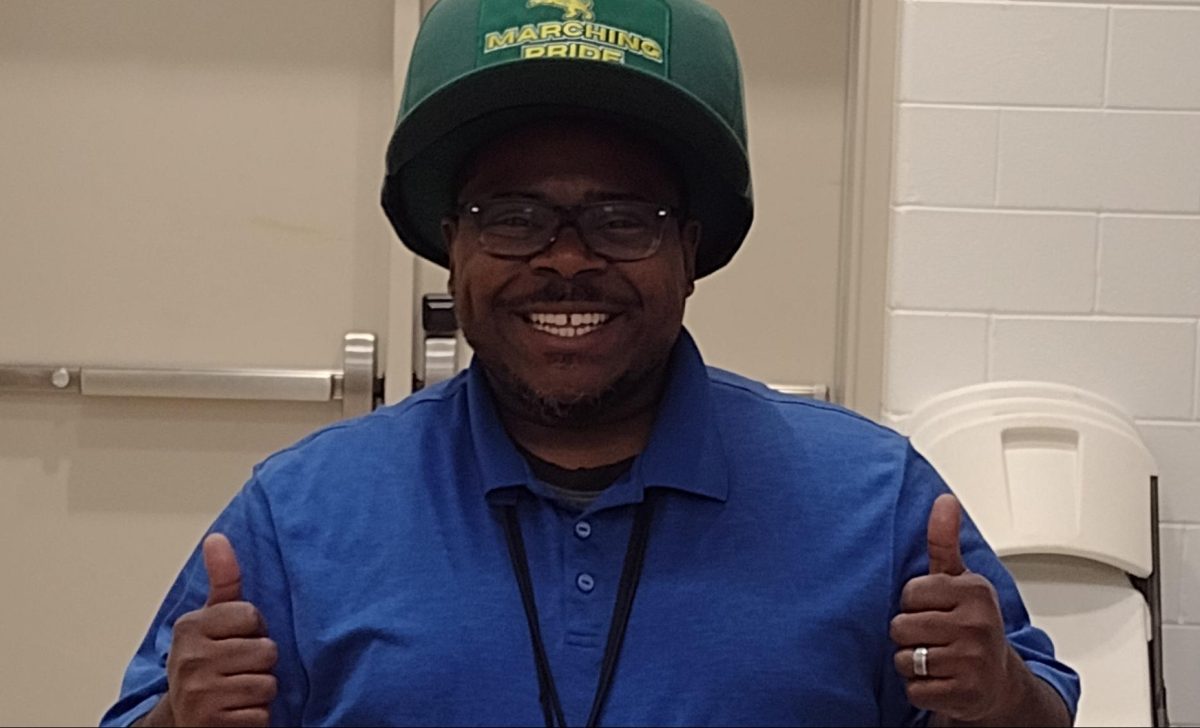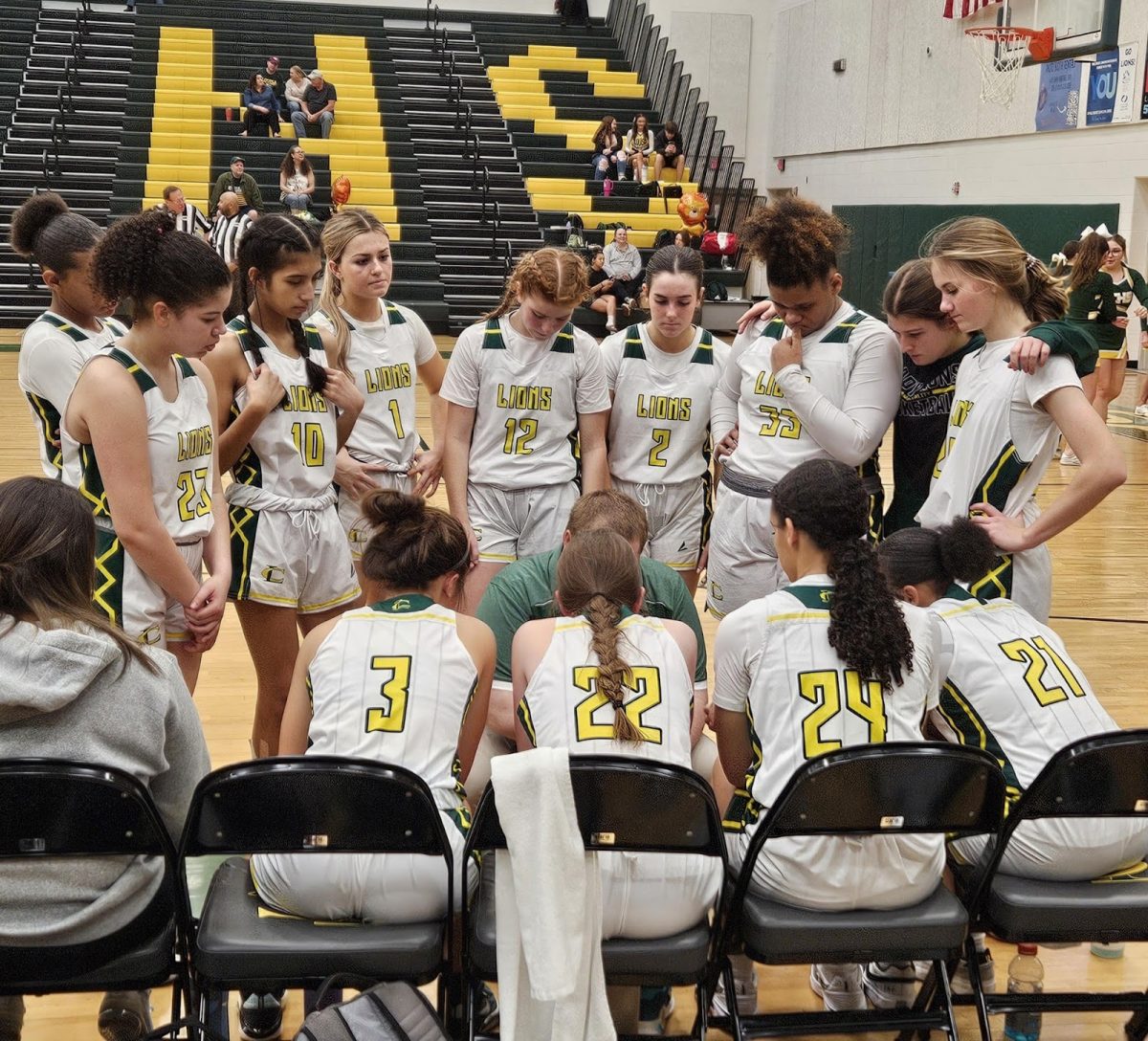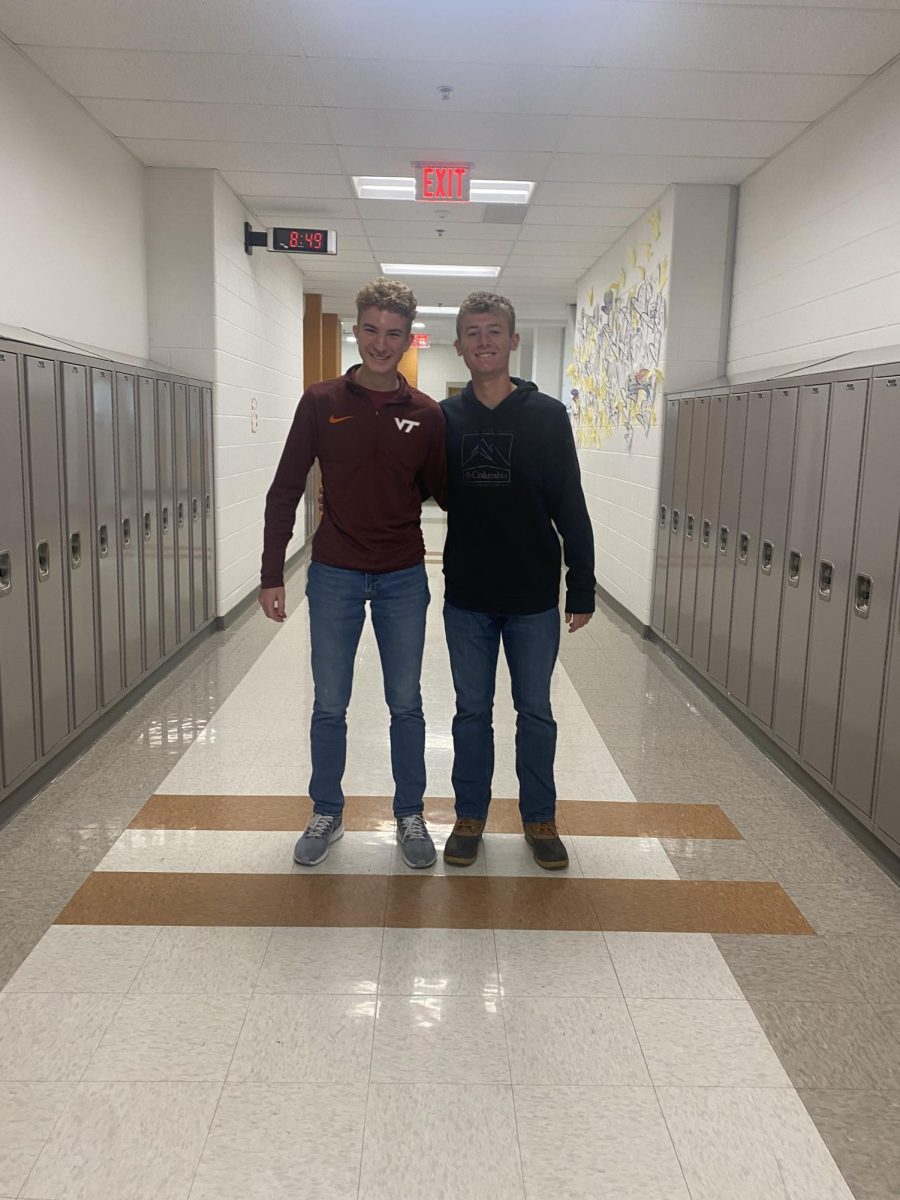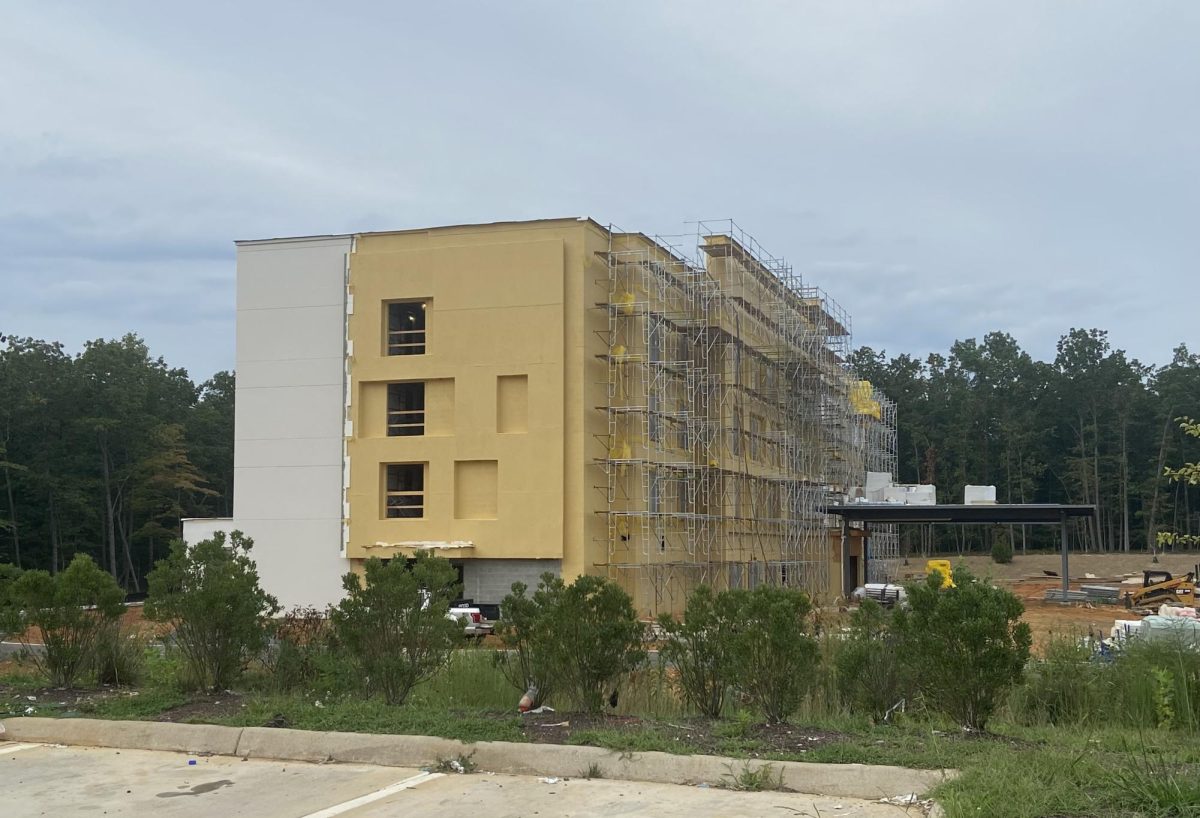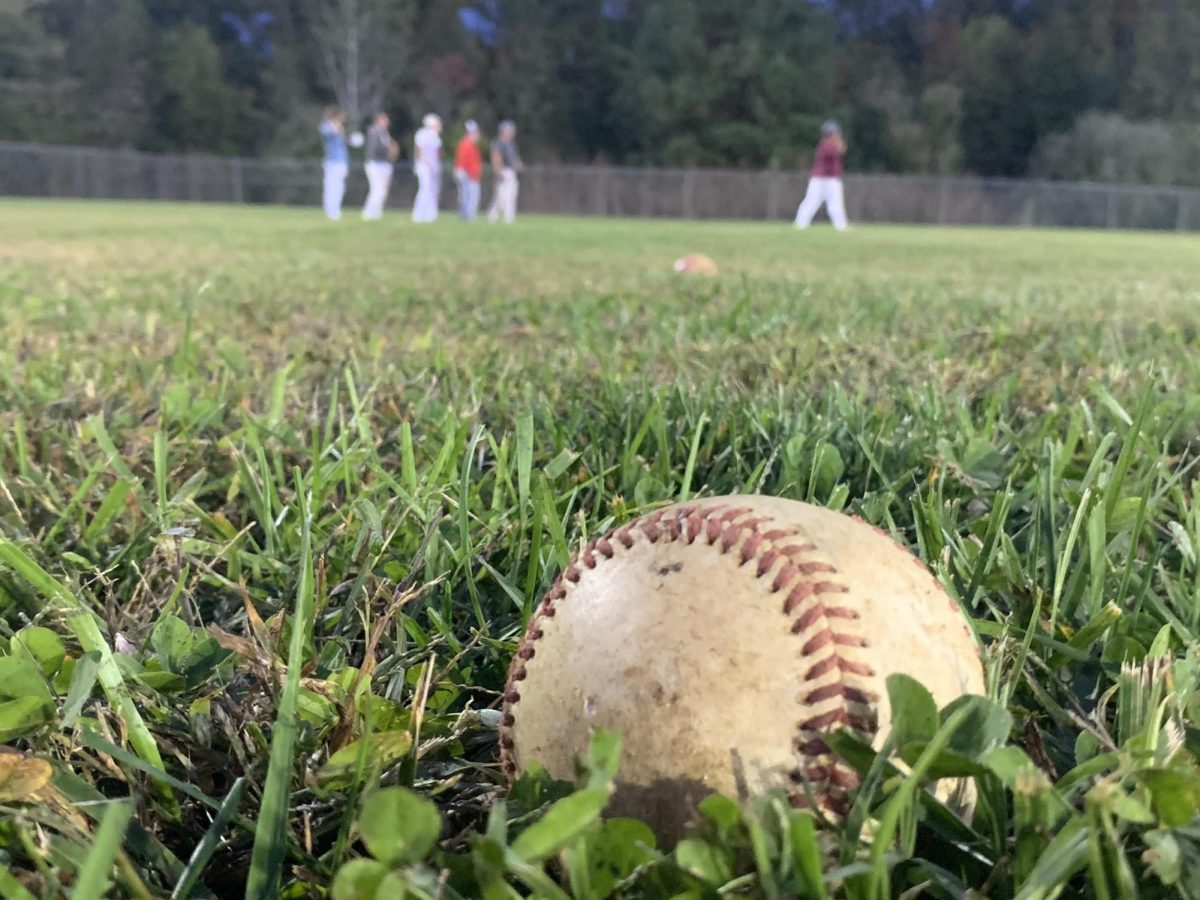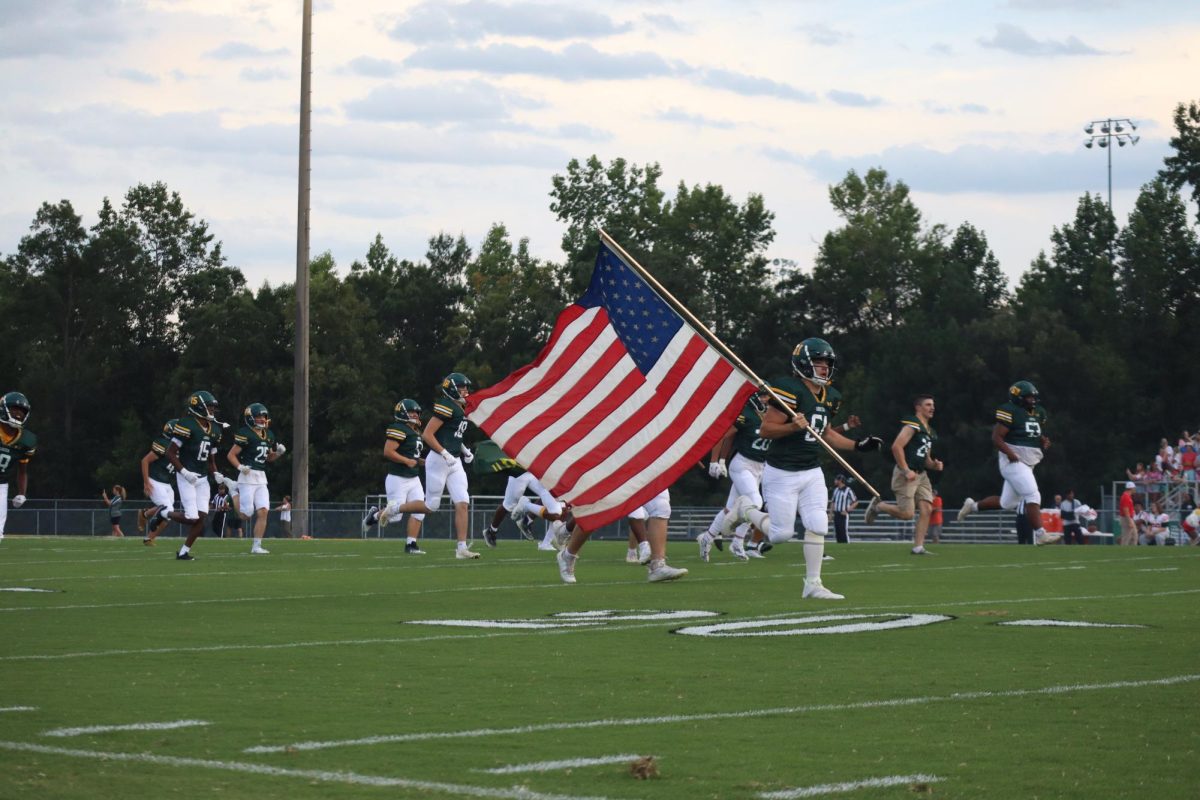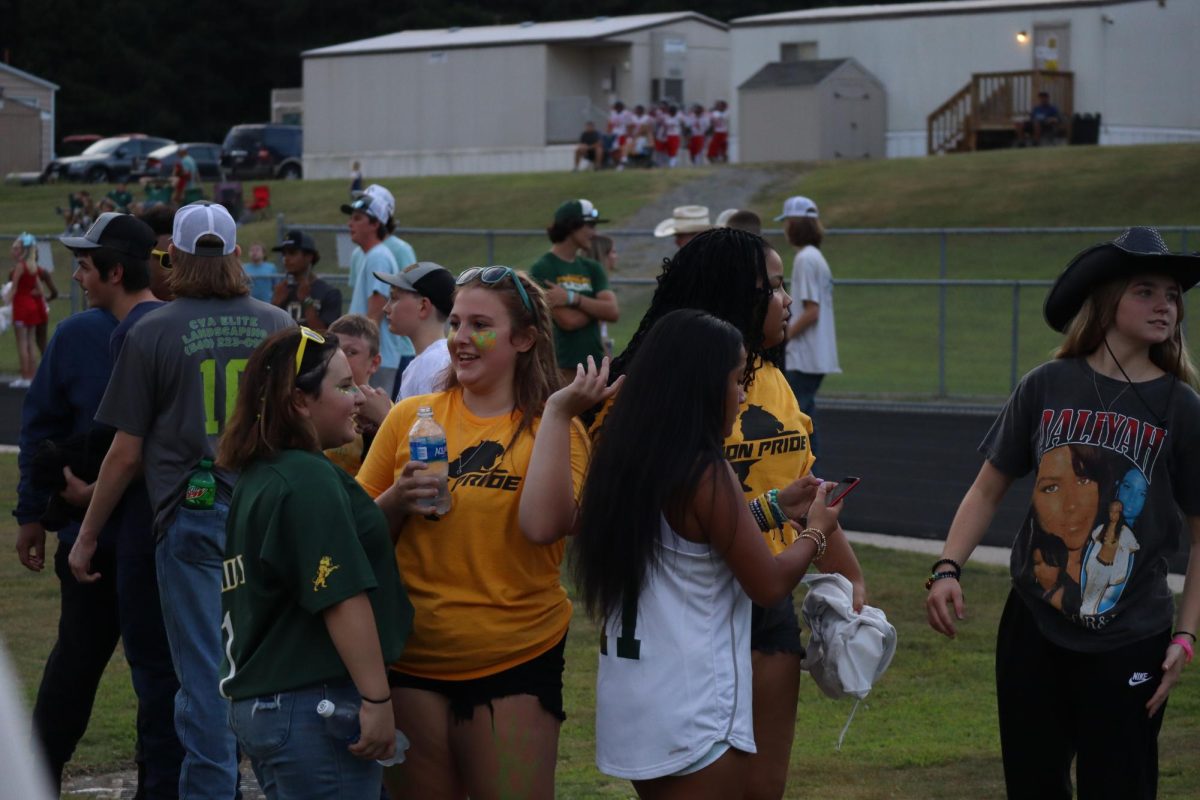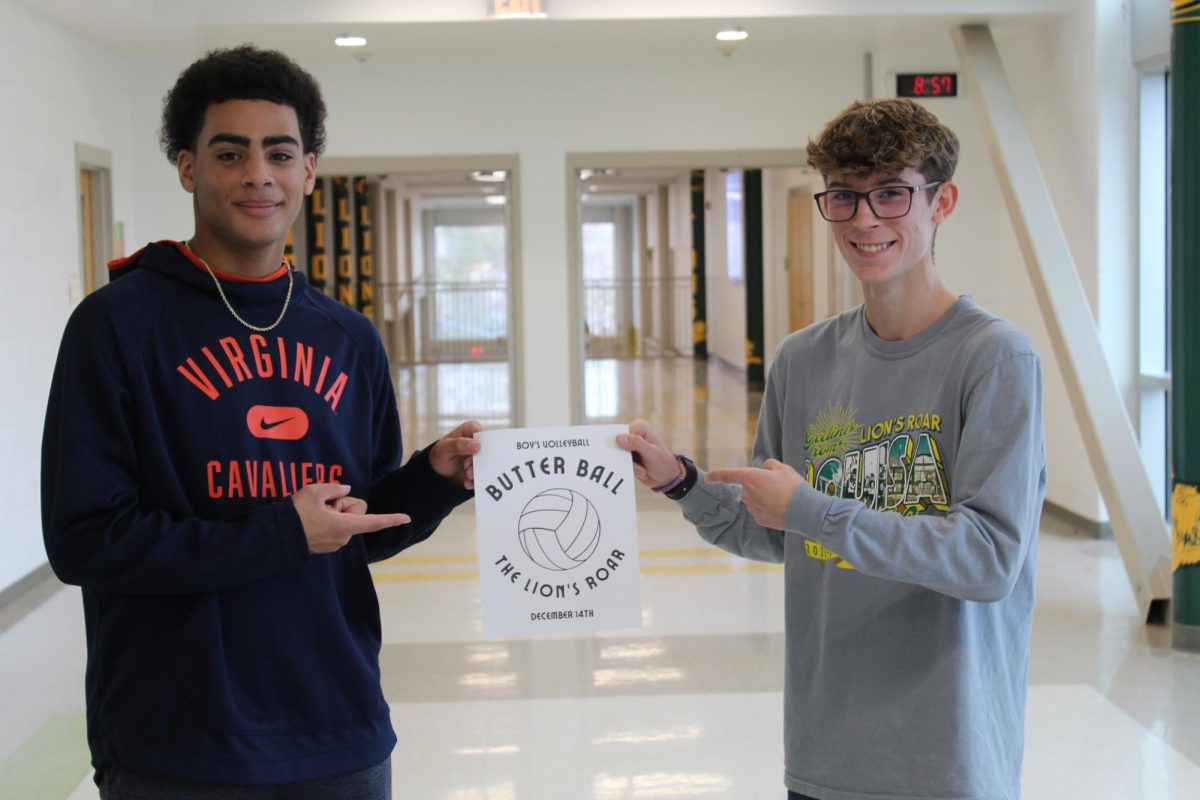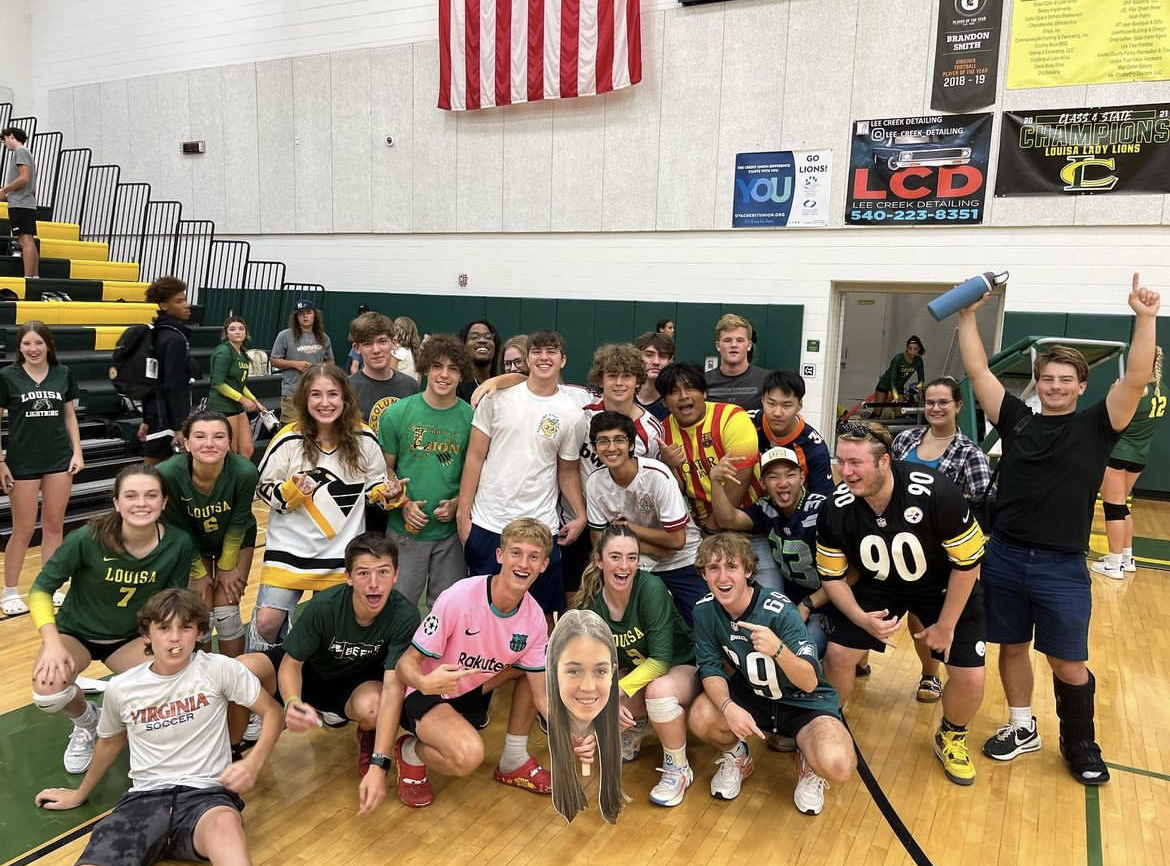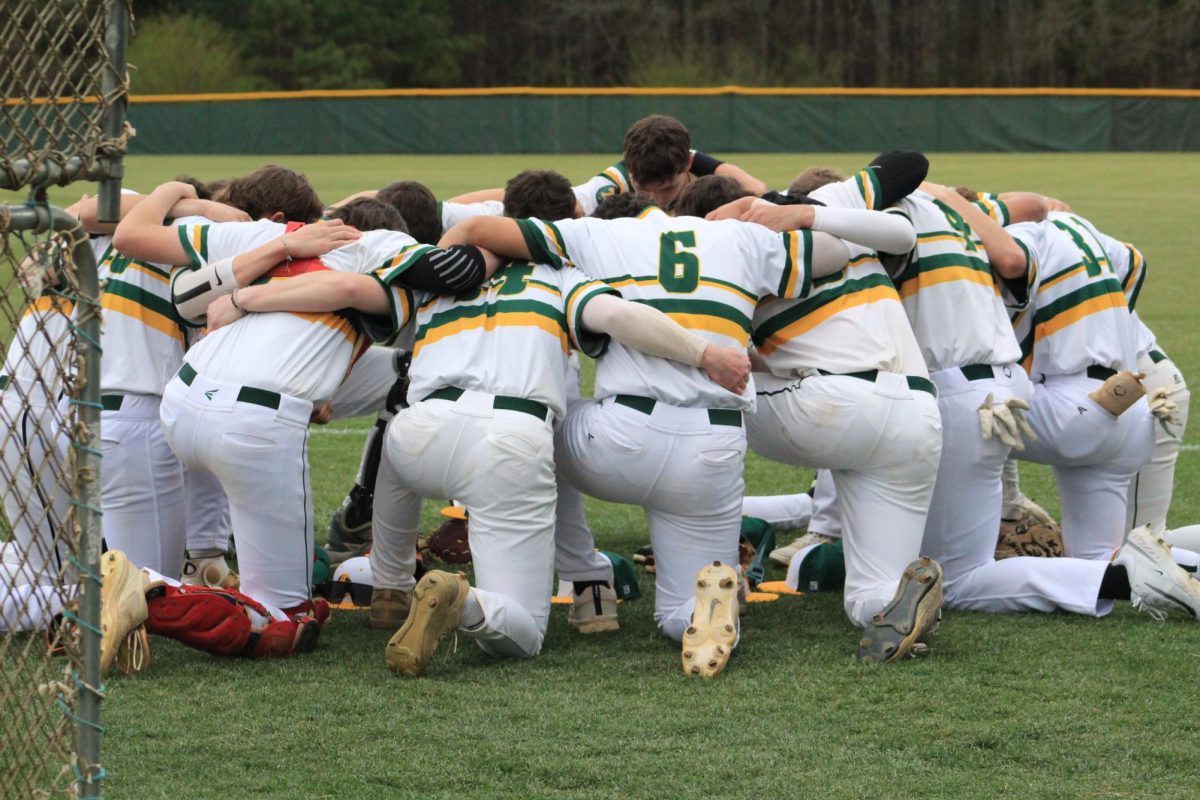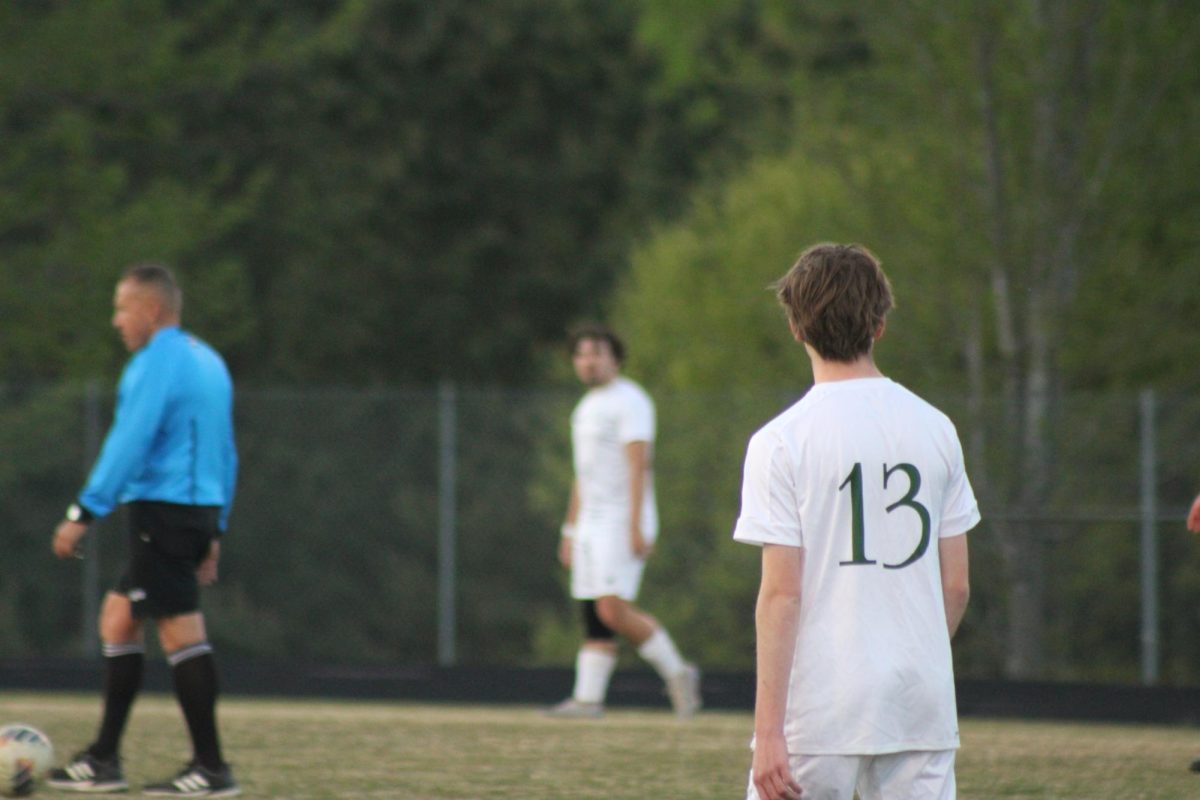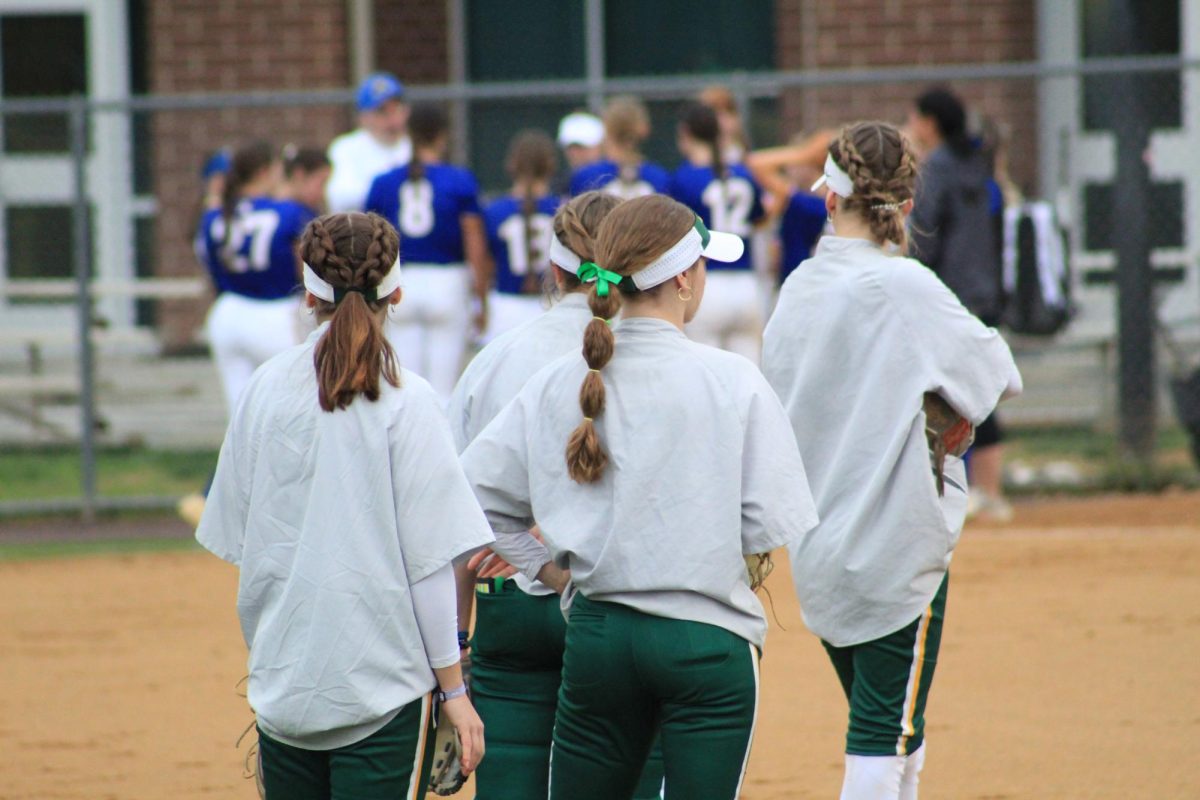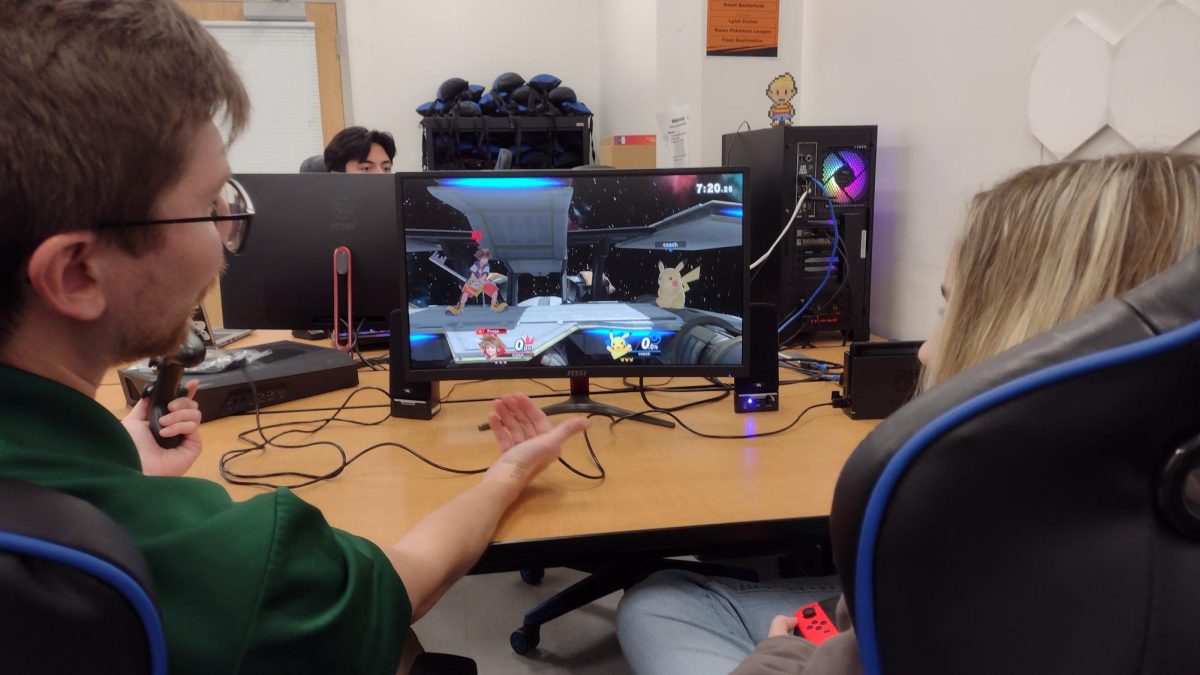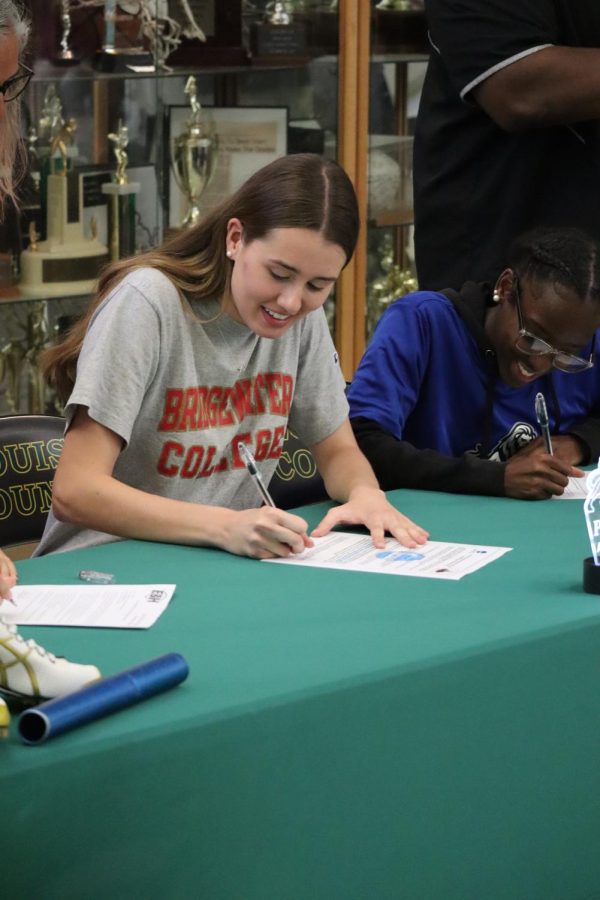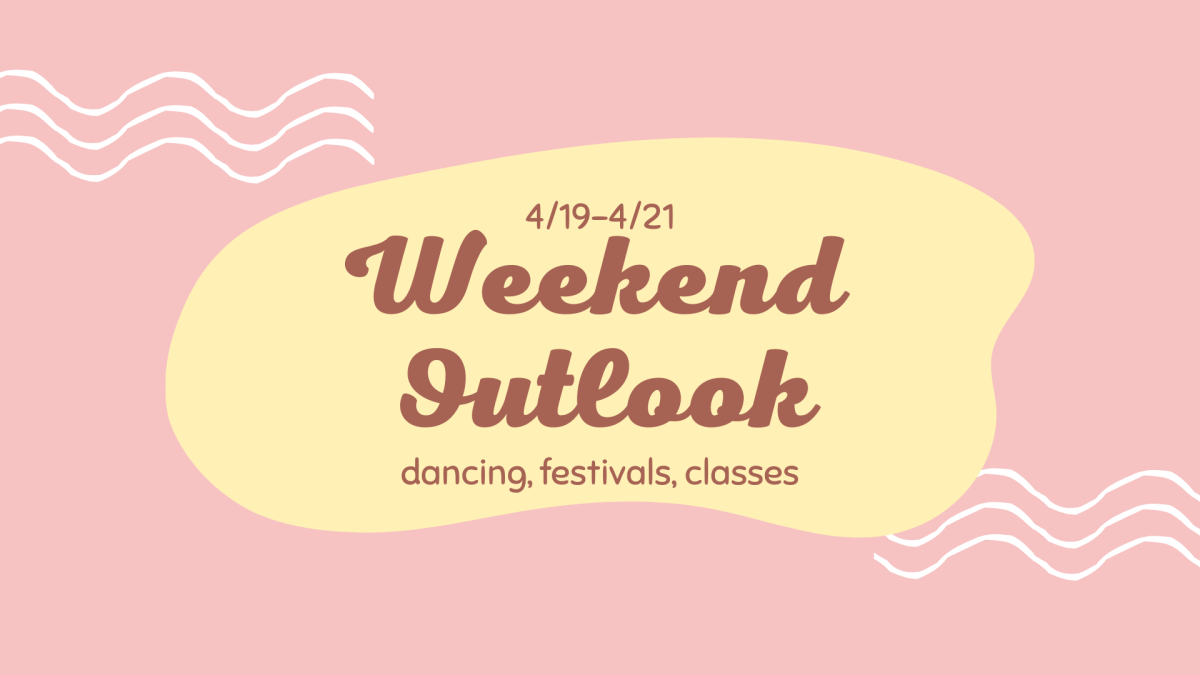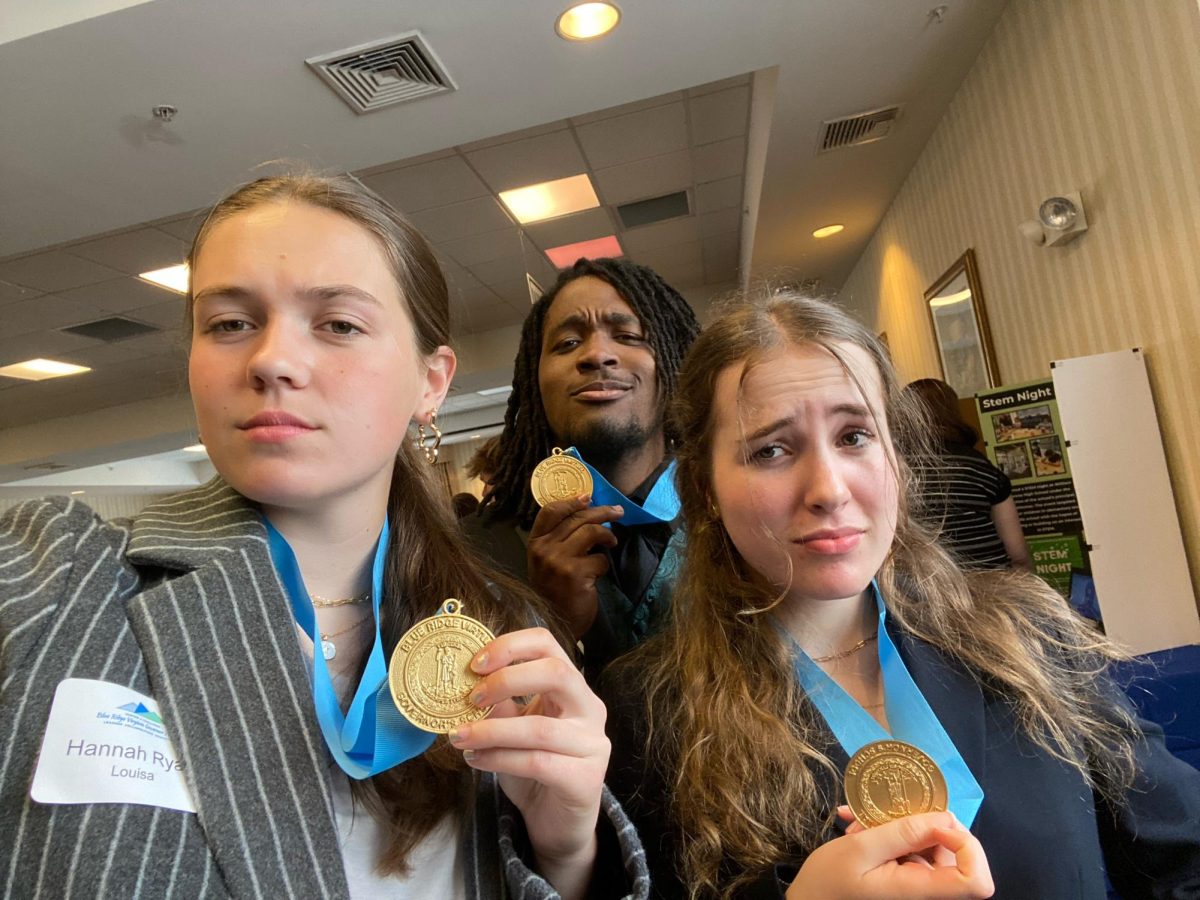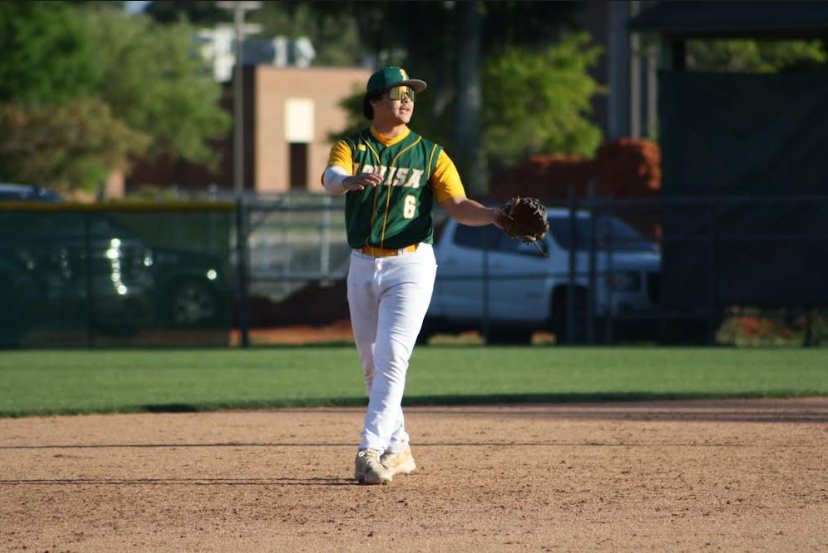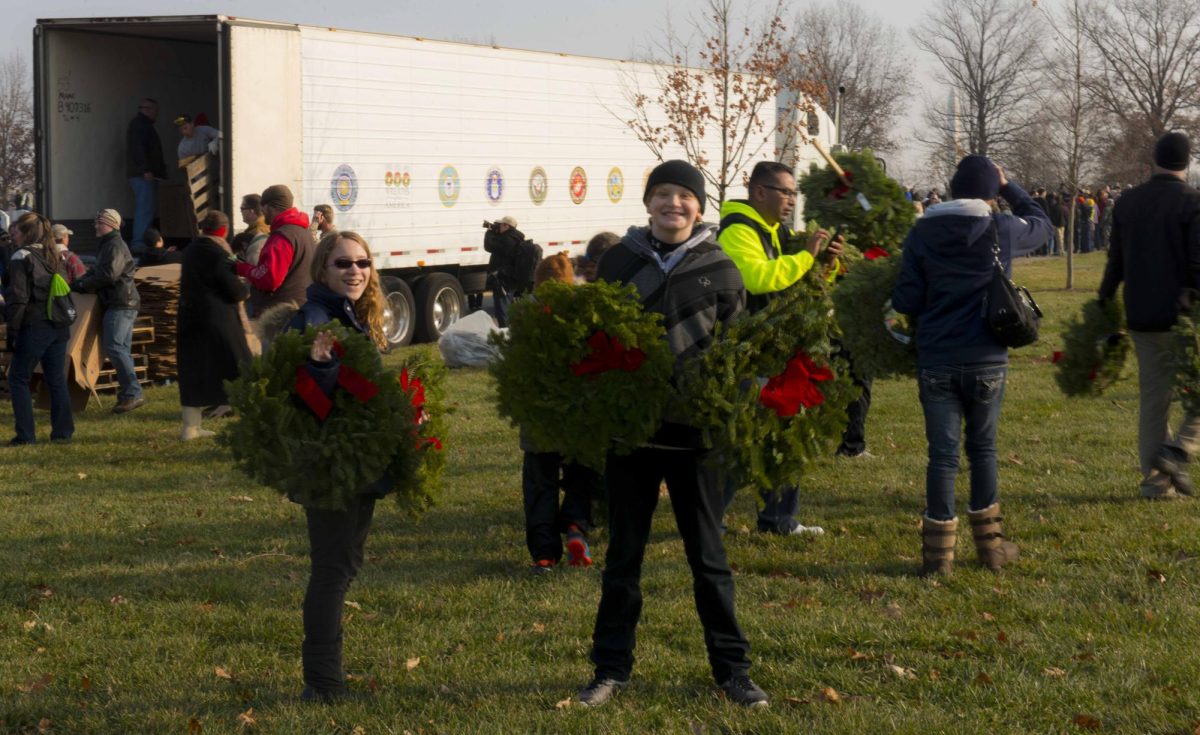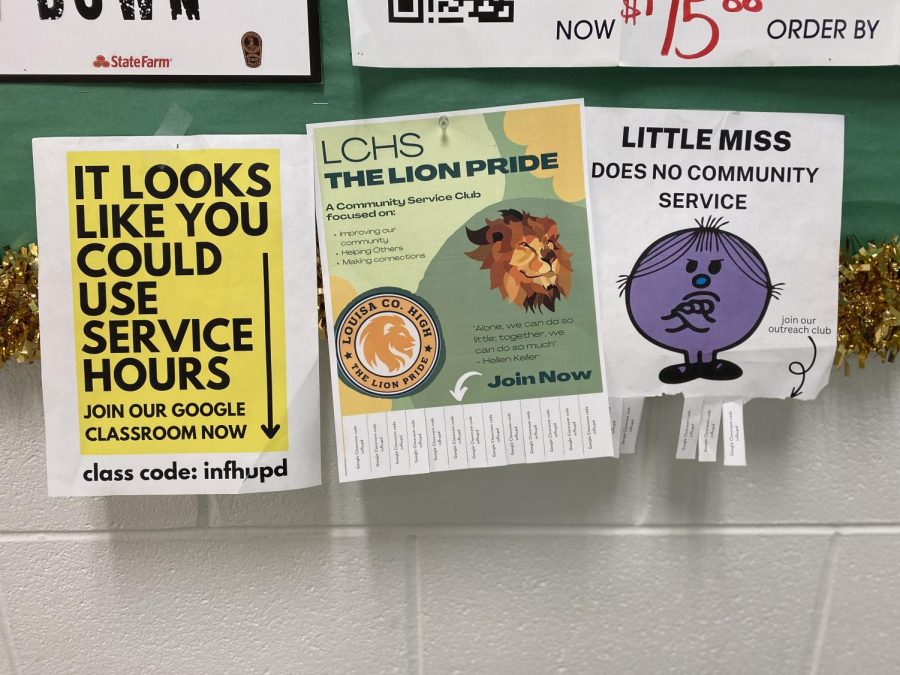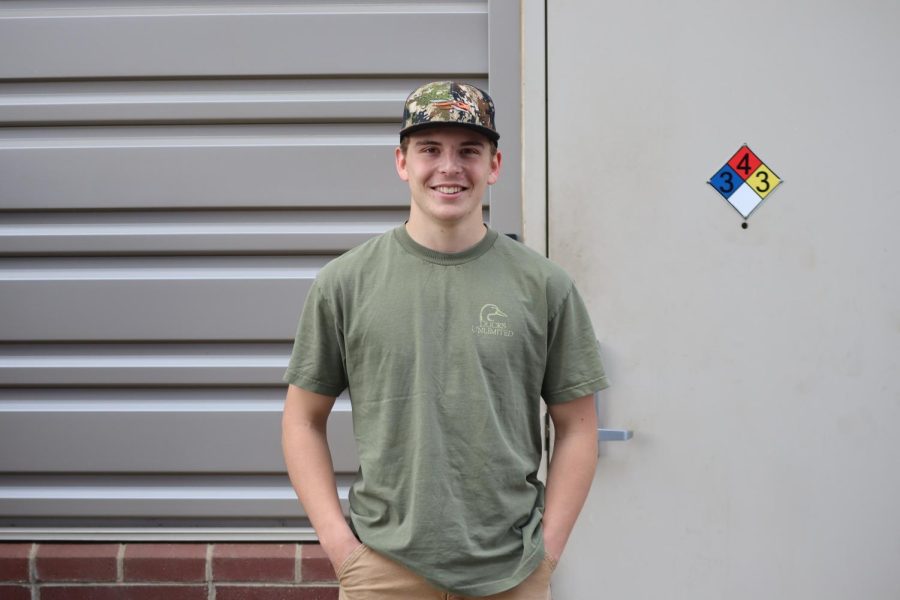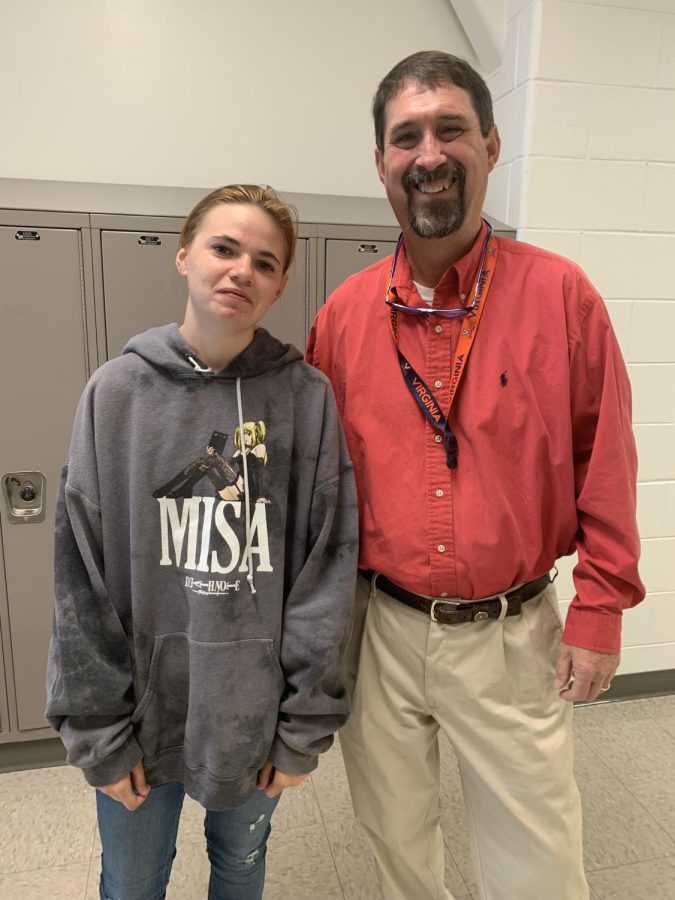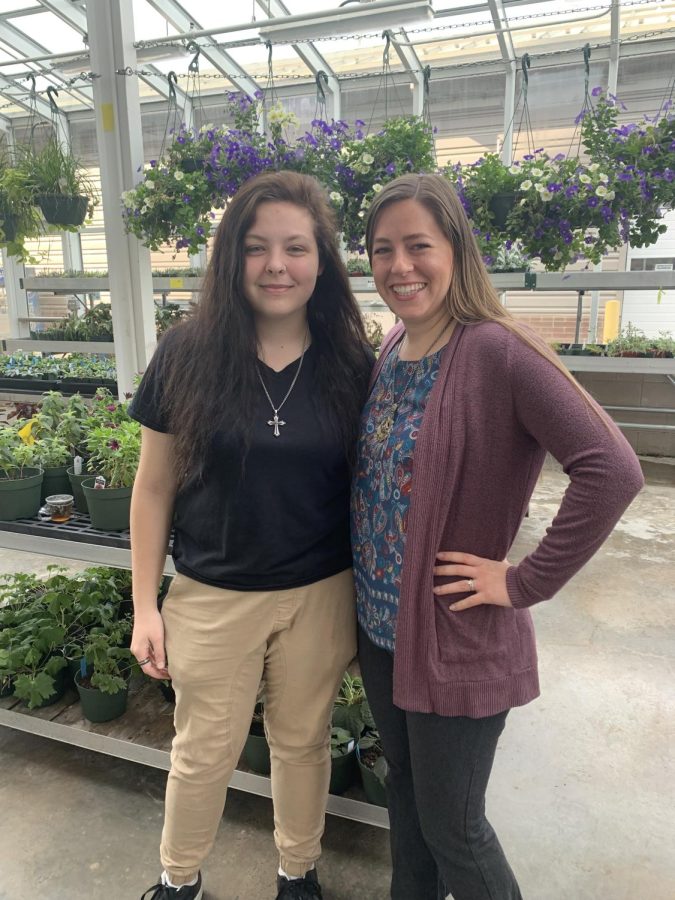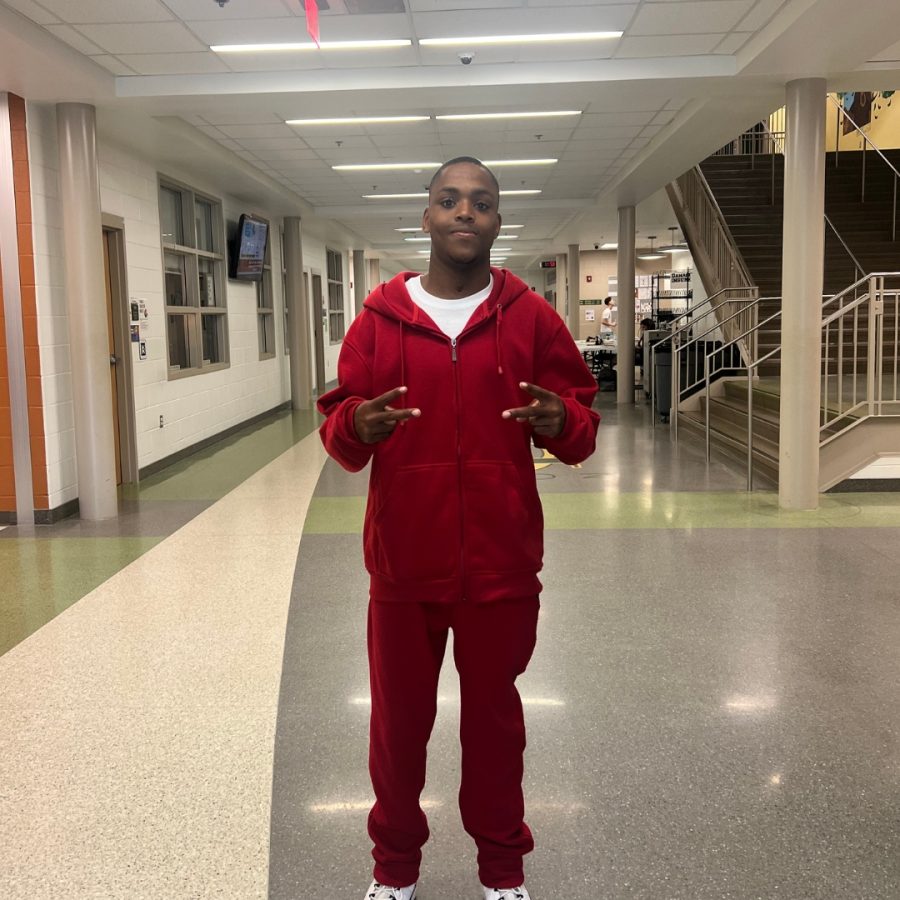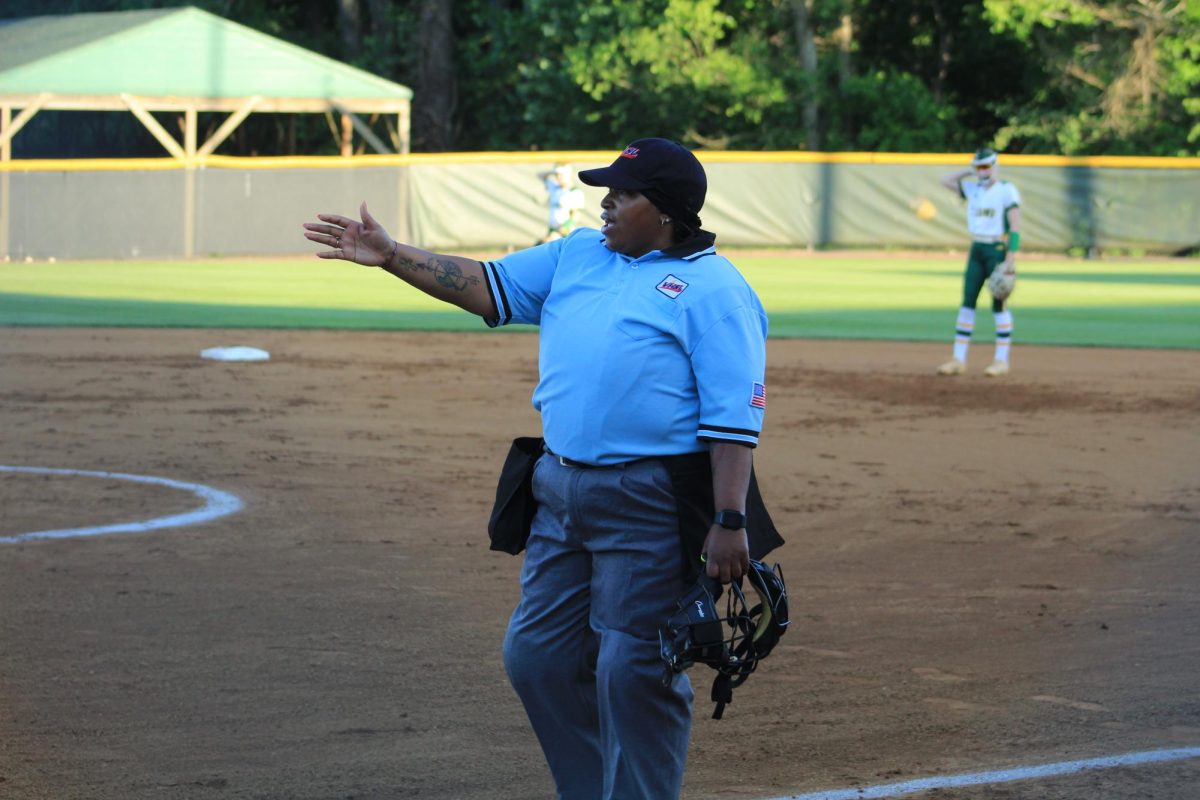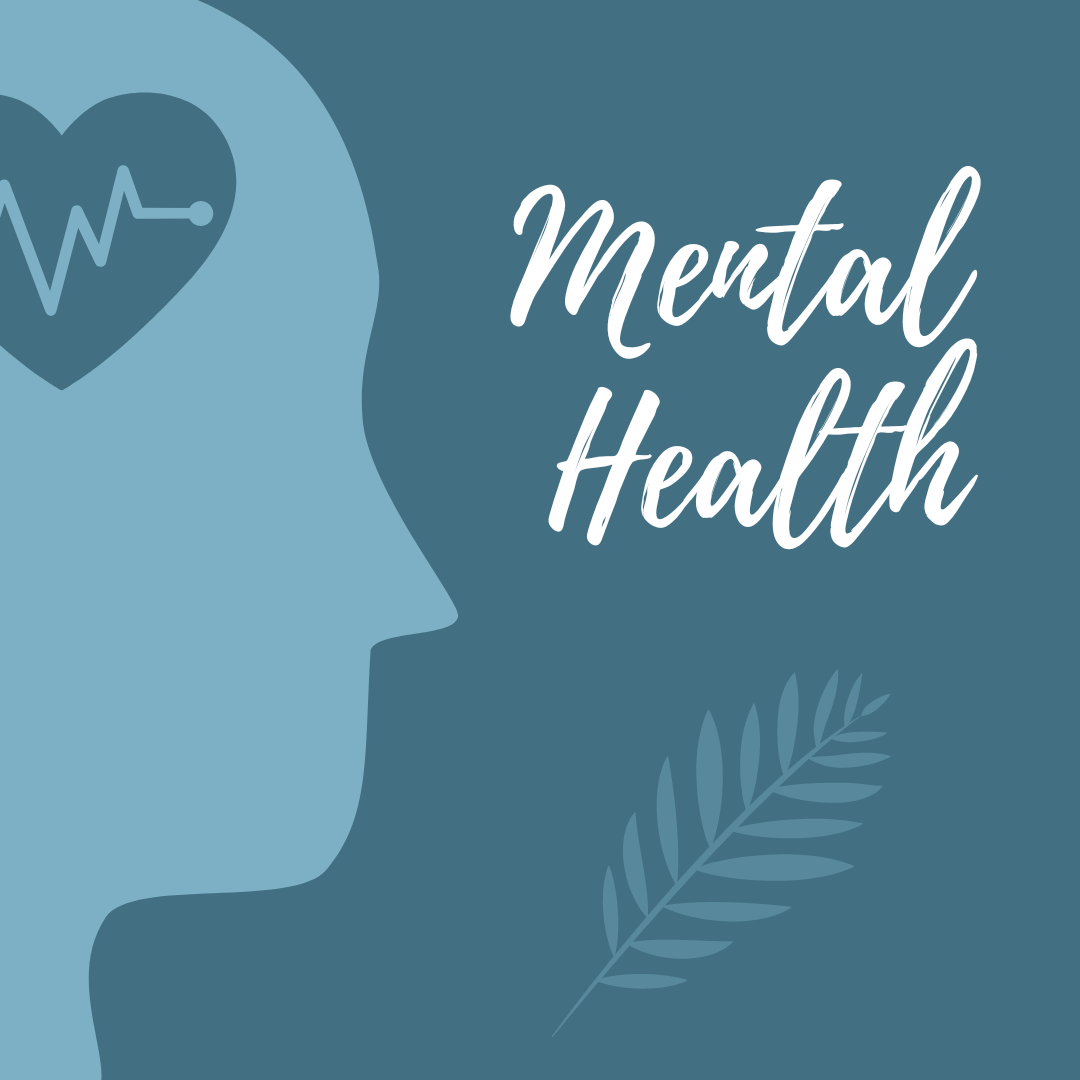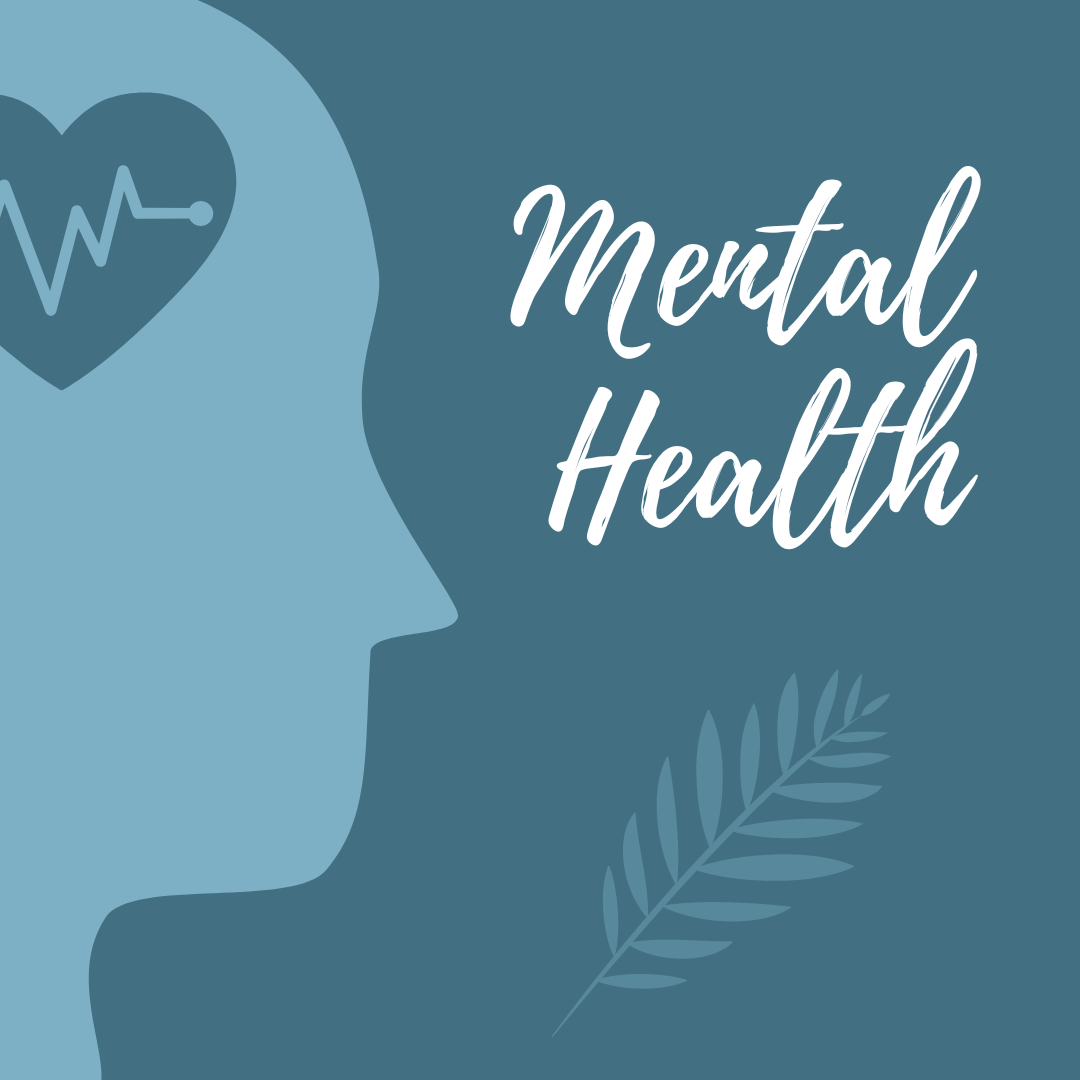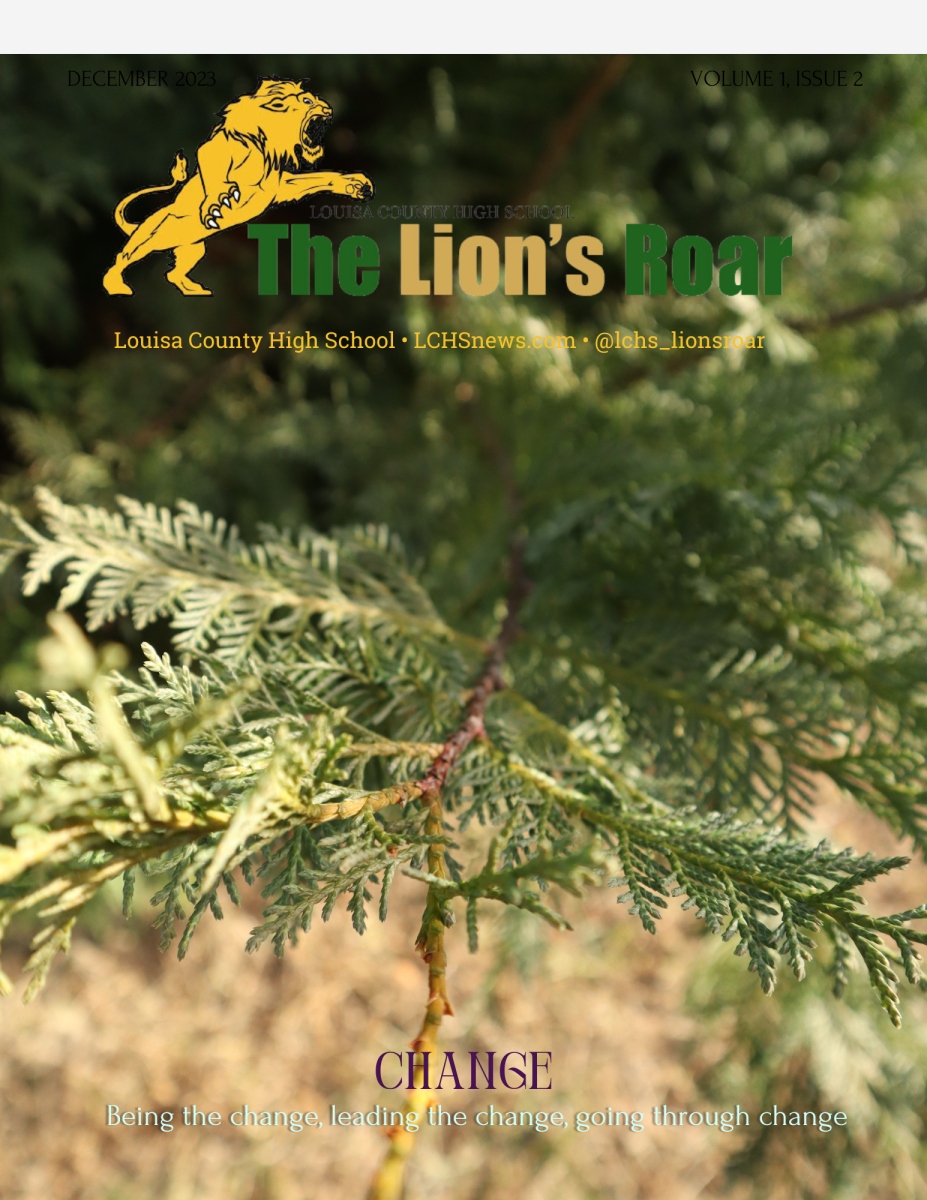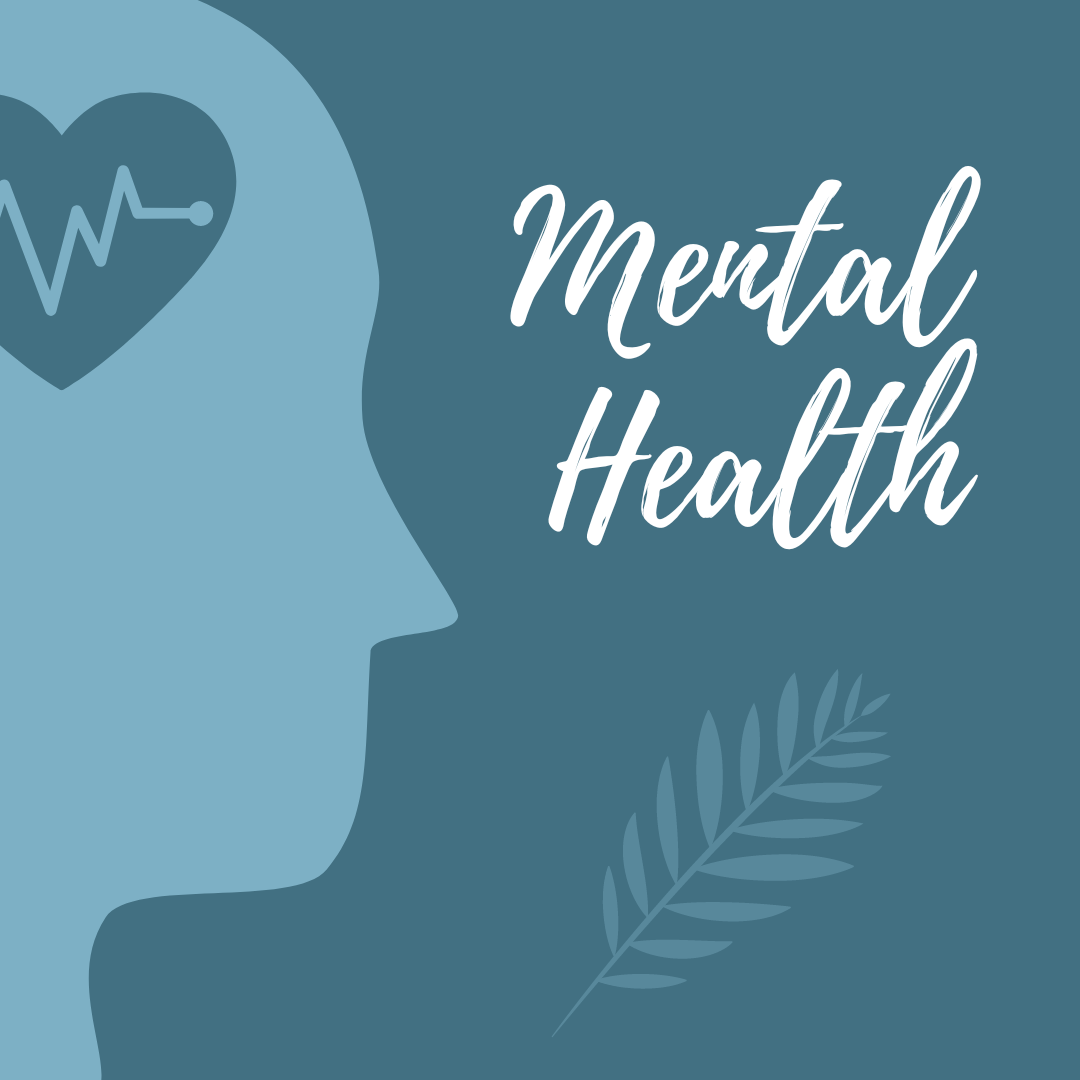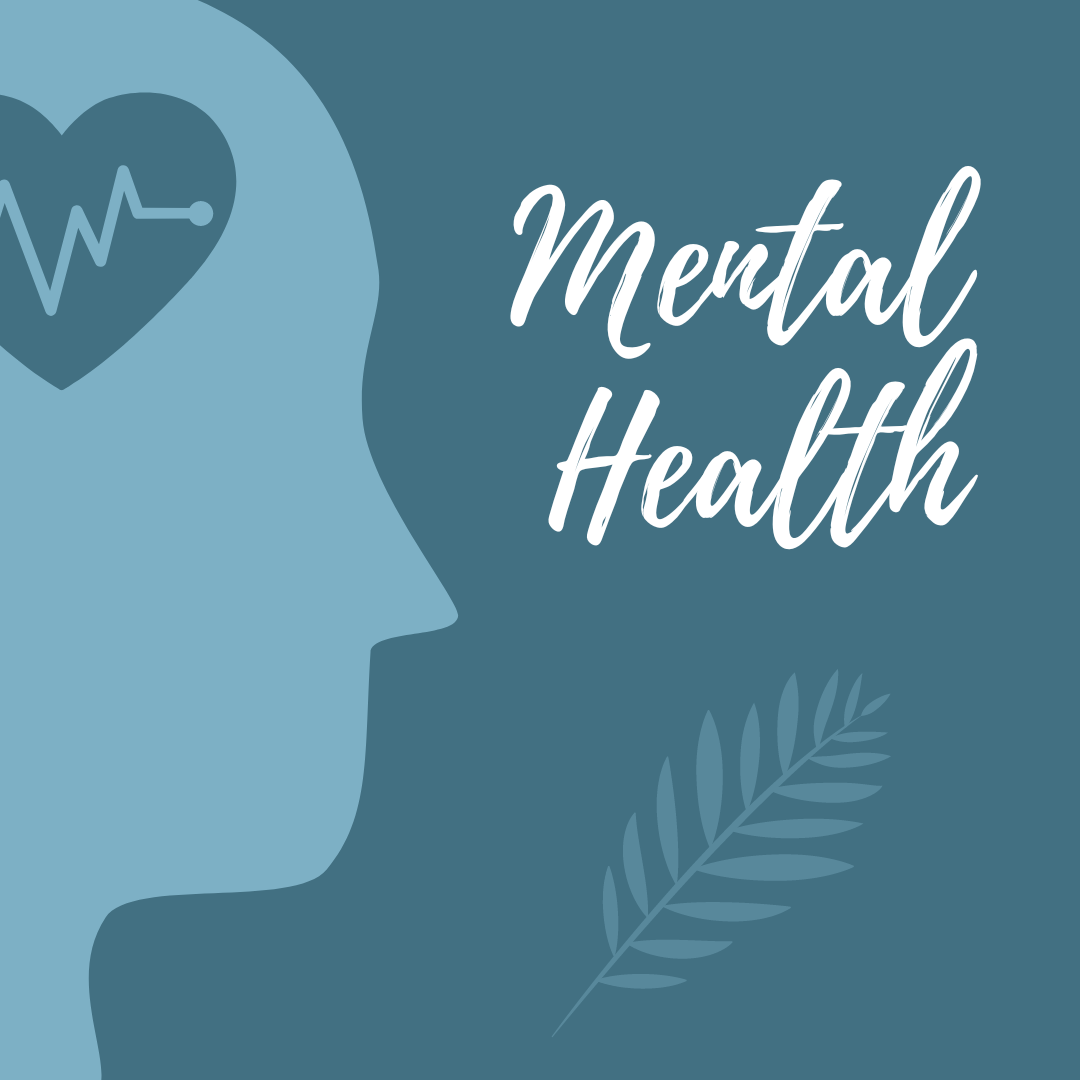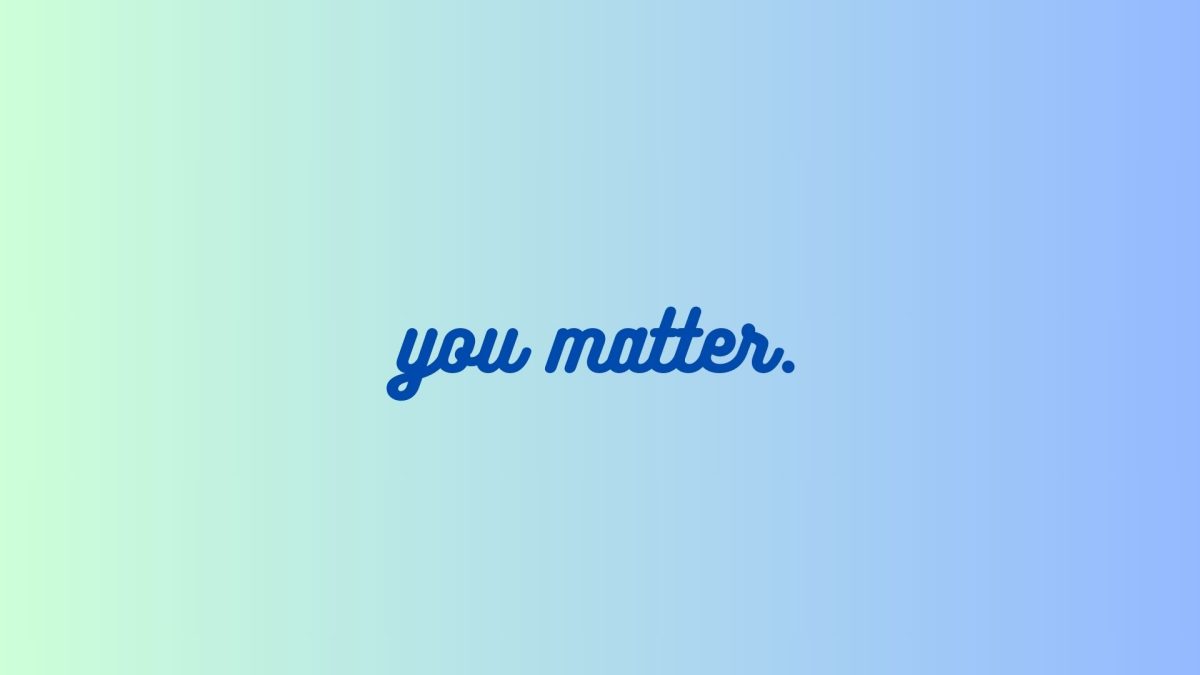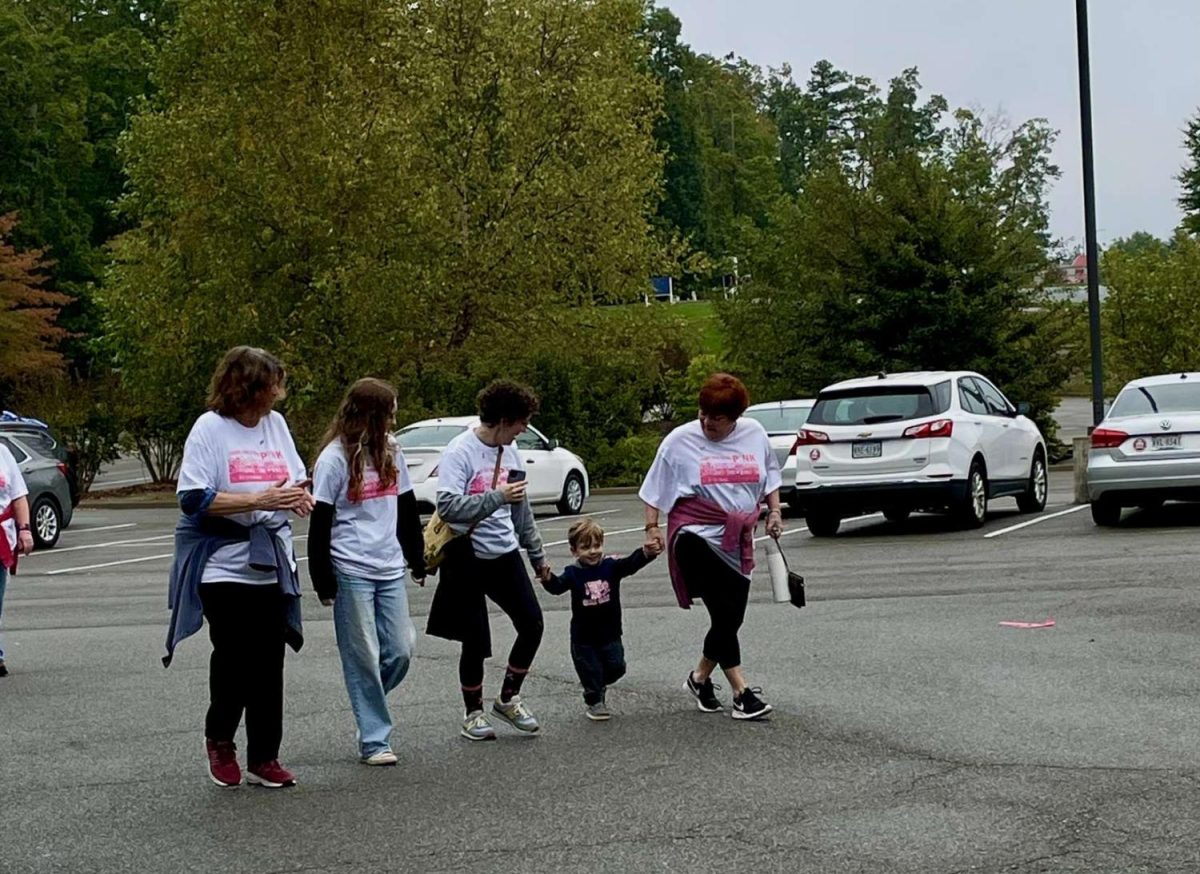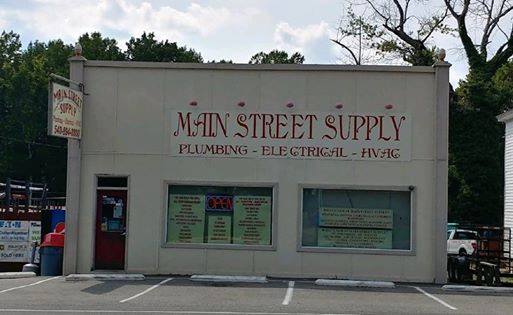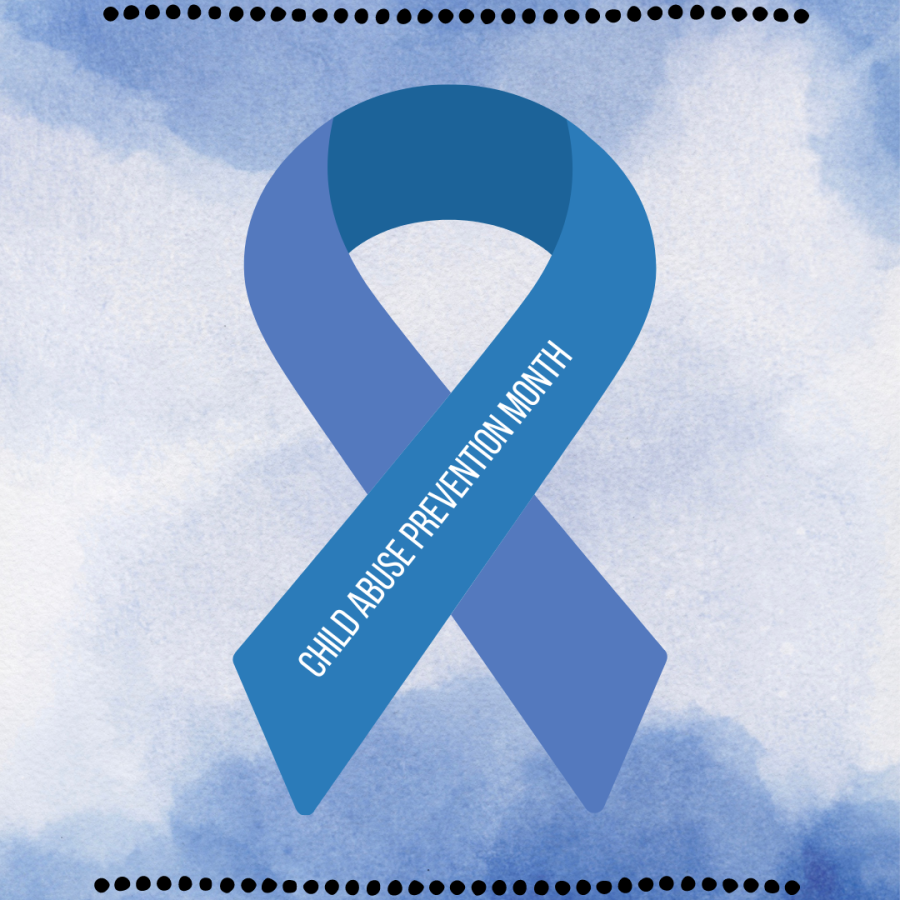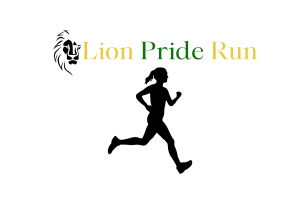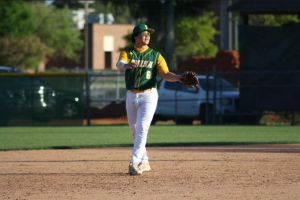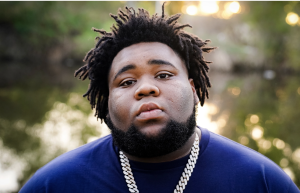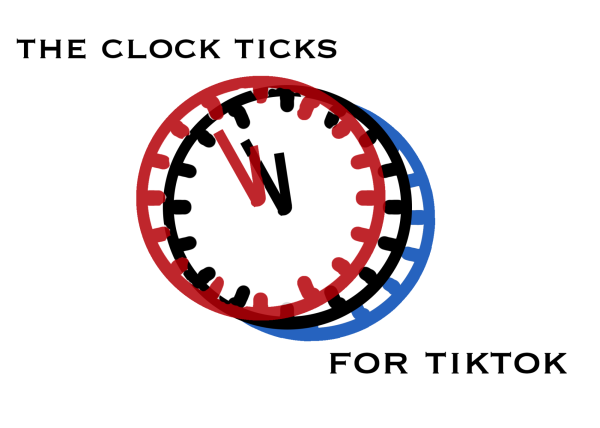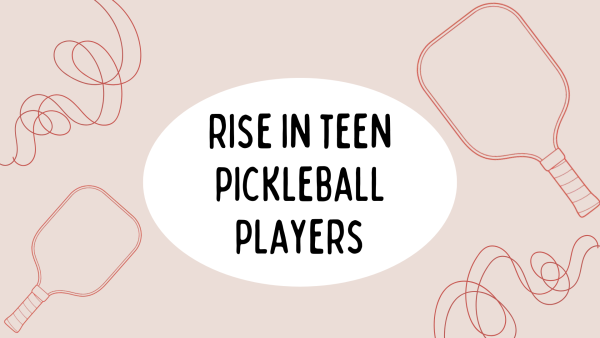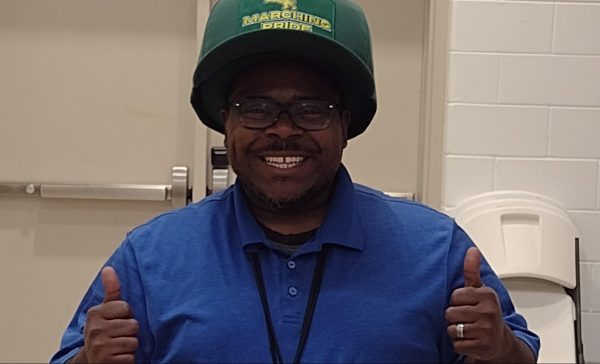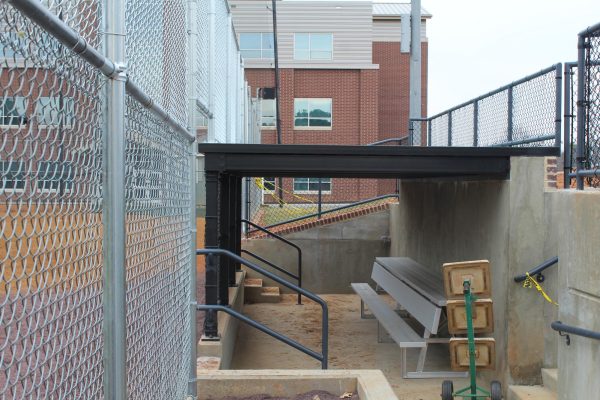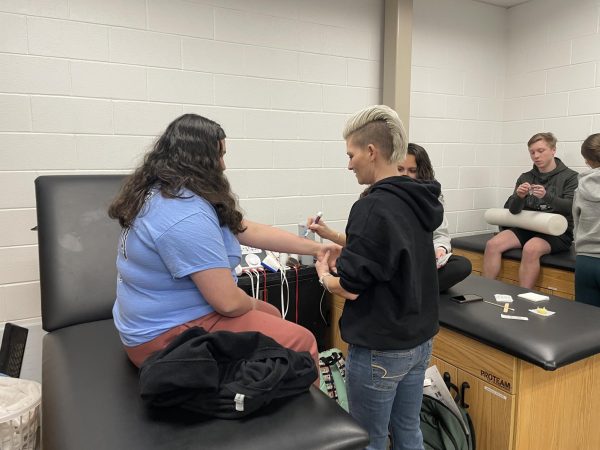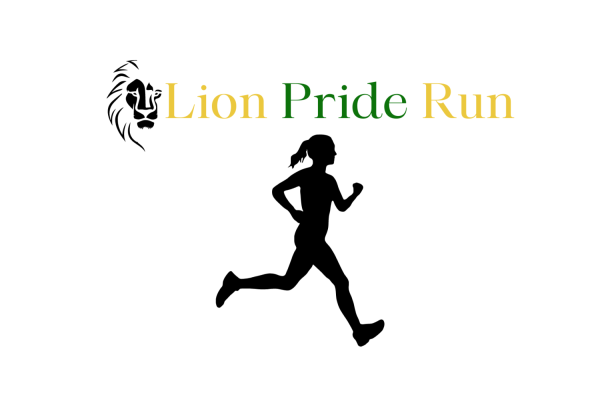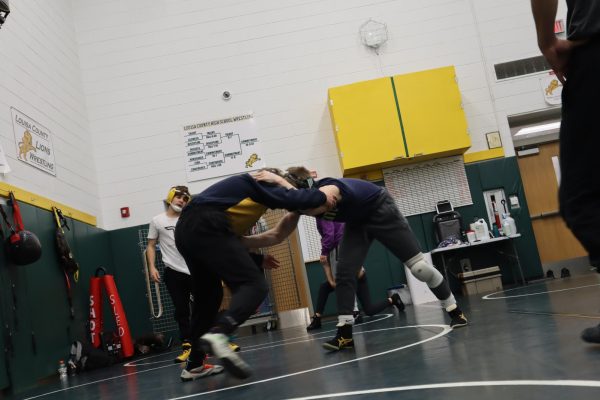Child Abuse Prevention Month
May 2, 2023
Over four million calls are made to child protection services (CPS) every year that involve the well-being of more than 4.3 million children. Child abuse is a problem everywhere and will continue to be a problem unless steps are taken to prevent abuse and neglect.
The first federal child protection legislation, the Child Abuse Prevention and Treatment Act (CAPTA), was passed in 1974 due to increasing public awareness. In the 1980s, Congress decided to make a bigger commitment to executing solutions that prevent child abuse.
The U.S. Senate and House of Representatives decided that June 6-12, 1982, should be the first National Child Abuse Prevention Week. In 1983, April was announced as the first National Child Abuse Prevention Month. Activities to bring awareness to child abuse and neglect are advocated for across the country in April every year since.
In 1989, a Virginian grandmother tied a blue ribbon to the antenna of her car as a way to memorialize her grandson, who passed as a result of child abuse. She inspired the start of the Blue Ribbon Campaign to Prevent Child Abuse. The campaign has since spread across the country; April, people wear blue ribbons to honor of those who have passed due to child abuse and neglect.
Child abuse affects more than the child’s physical wellbeing; it also affects their mental wellbeing. According to Child Abuse Statistics, long term health impacts such as alcoholism, depression, and risk for domestic violence, have been associated with abuse in childhood by the U.S. Centers for Disease Control and Prevention.
Along with long term health impacts, child abuse has taken many young lives. In 2019, state agencies identified 1,840 children who lost their lives to child abuse and neglect. However, studies have proven that there was a significant undercounting of child fatalities by over 50%.
Louisa County schools have resources for students in abusive or neglectful situations. Some of the resources include the school counselors, Region 10 crisis counselors, and school social workers.
“The school and school system have many resources to assist students who are experiencing abuse.” head of school counseling, Todd Ryan said. “Moreover, we can connect these students with services through the Louisa County Department of Social Services.”
Instead of being reactive to child abuse, Louisa County chooses to be a proactive community by keeping open minds and talking about the problem. LCHS students have their own opinions about Child Abuse Prevention Month.
“I do think it’s [child abuse] very important, not only because it’s swept under the rug so much, it’s something that comes in so many forms,” Caitlyn Winslett said. “ We just don’t think about it, especially because hitting your kid is glorified in some situations. Why?”
Not only do students find it important to address child abuse in versatile forms, but they also think it overall needs to be talked about more.

